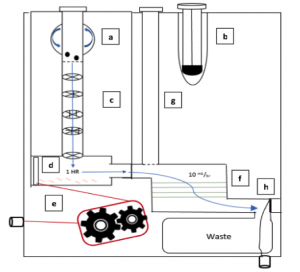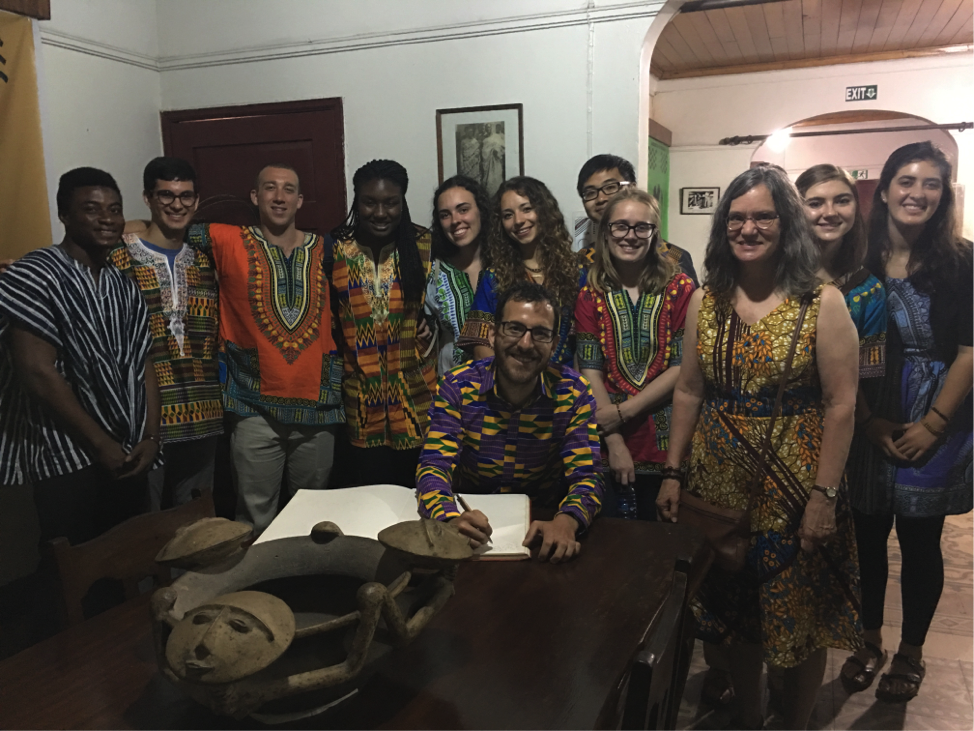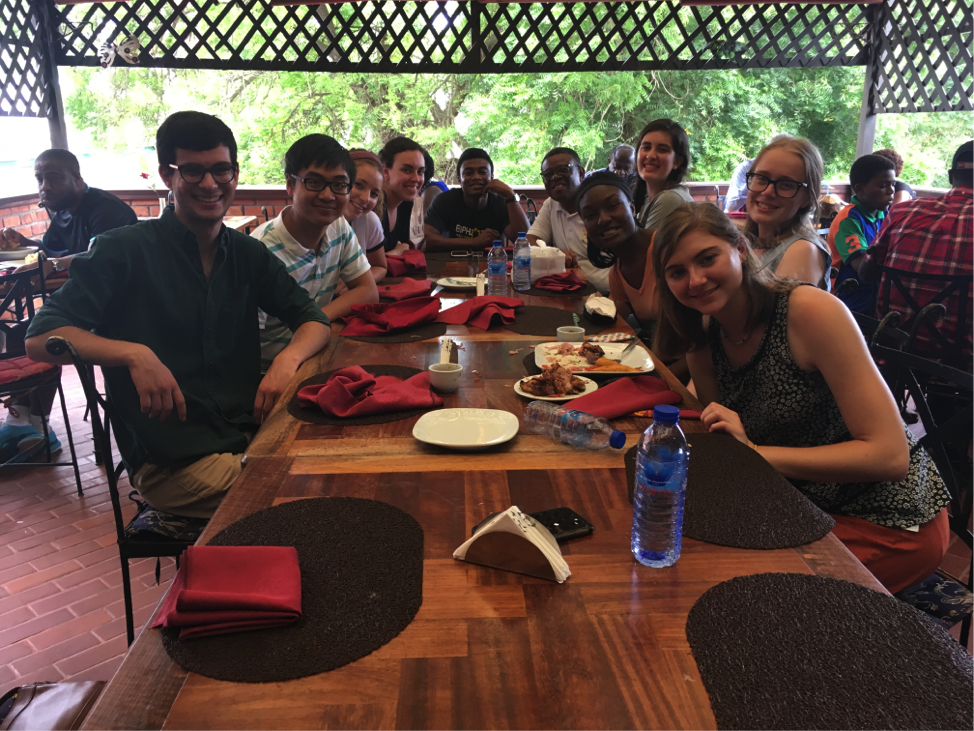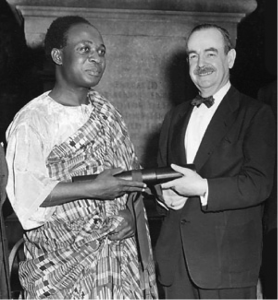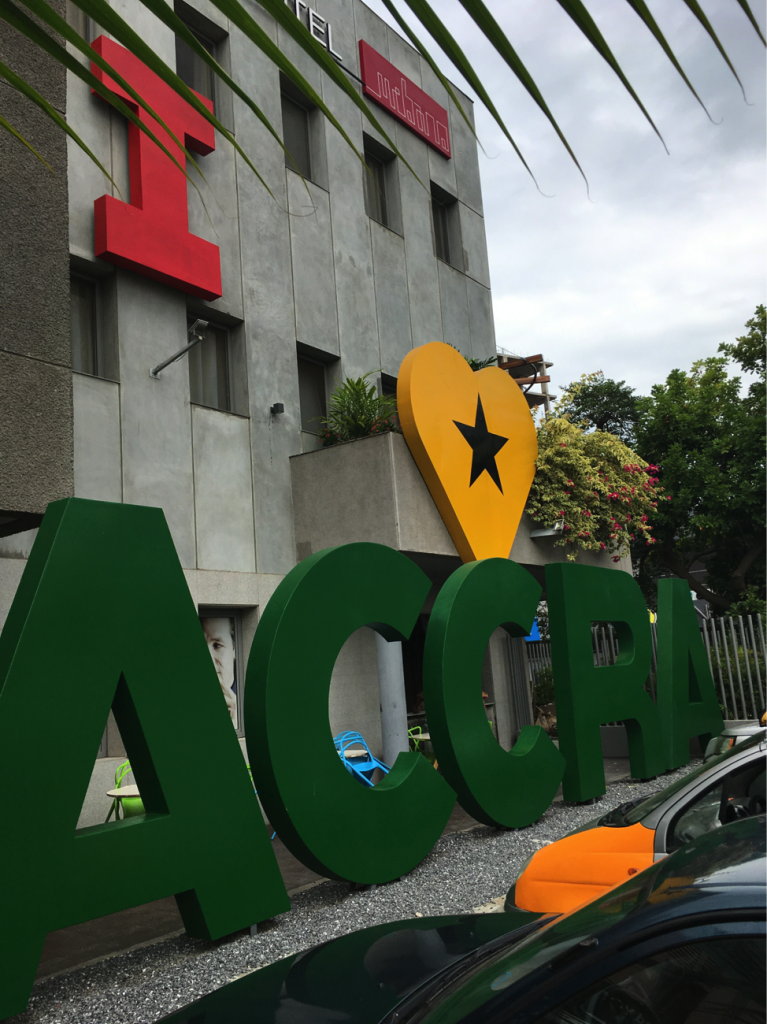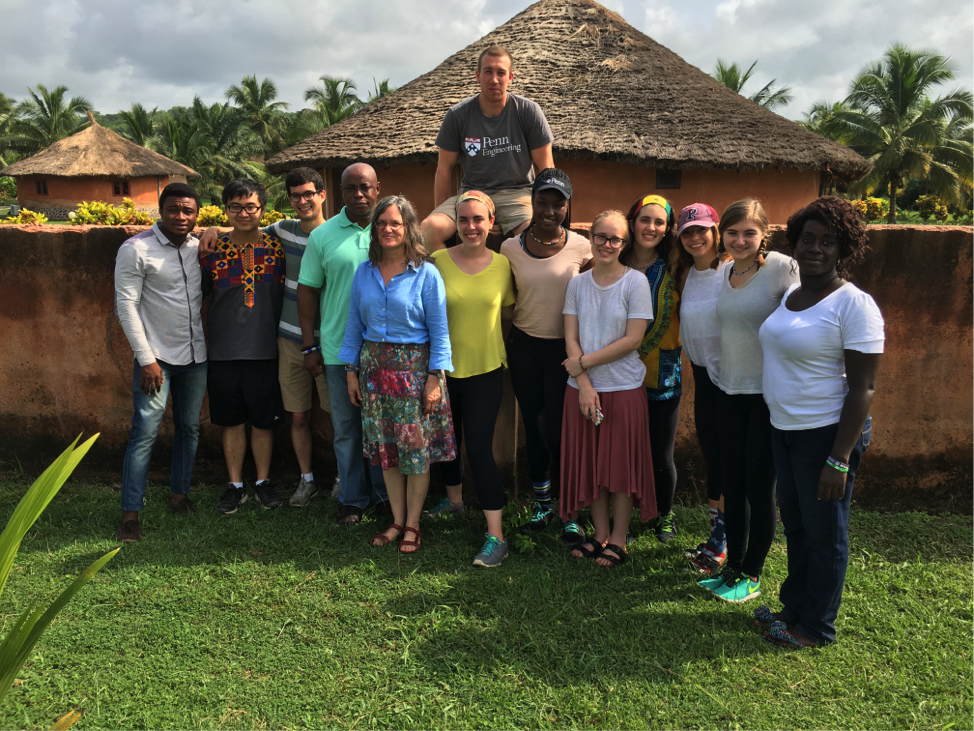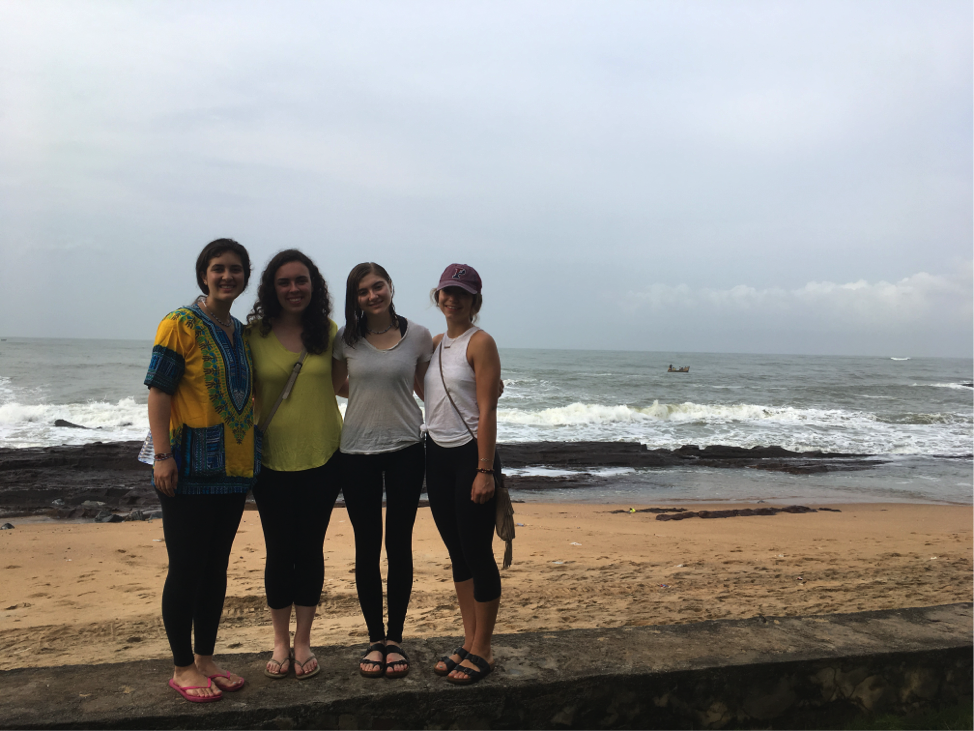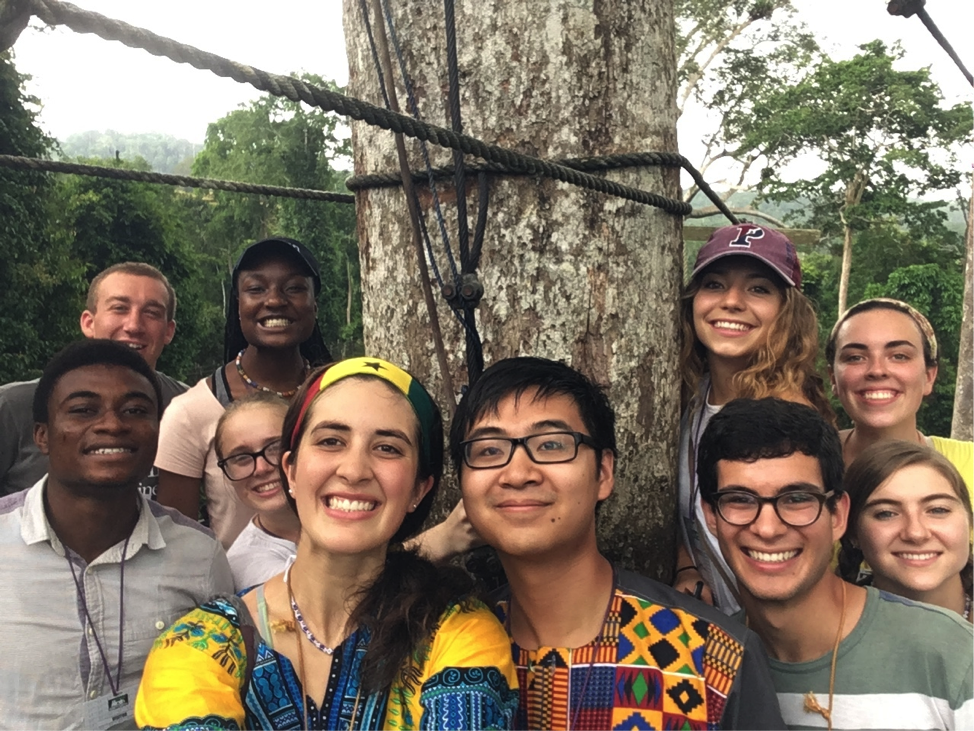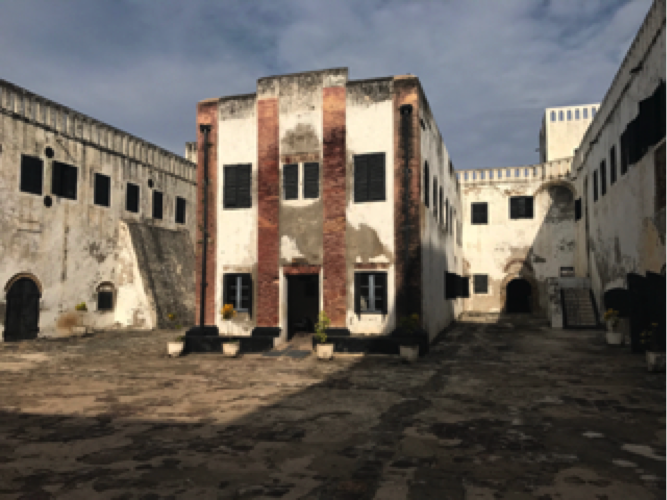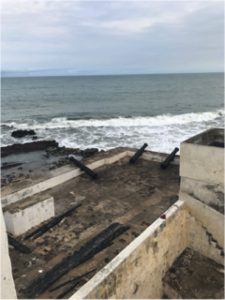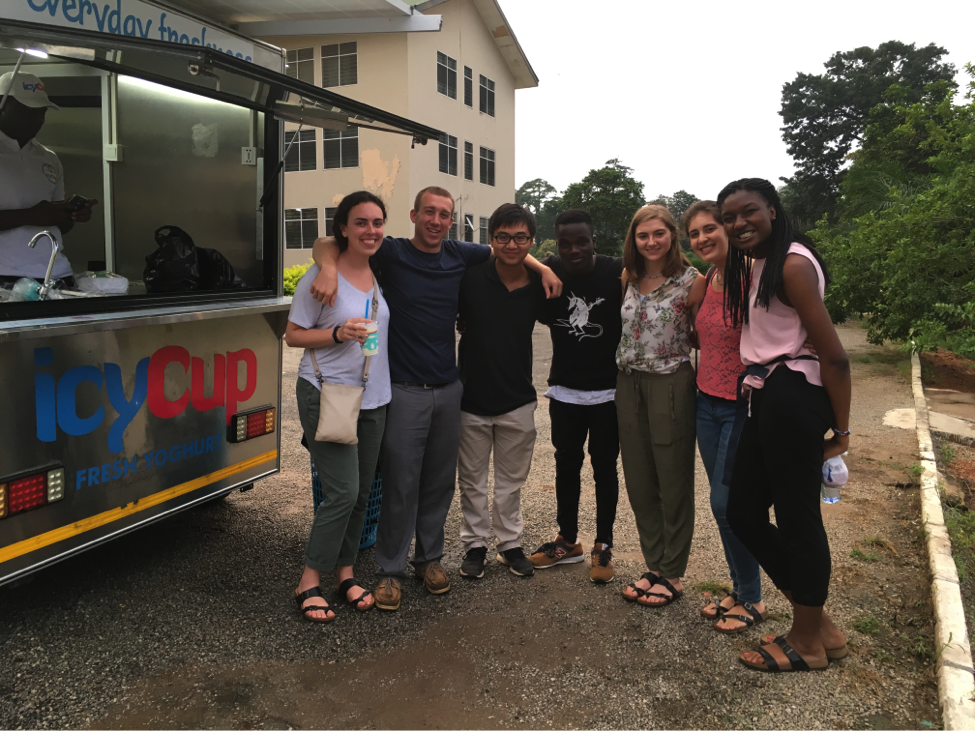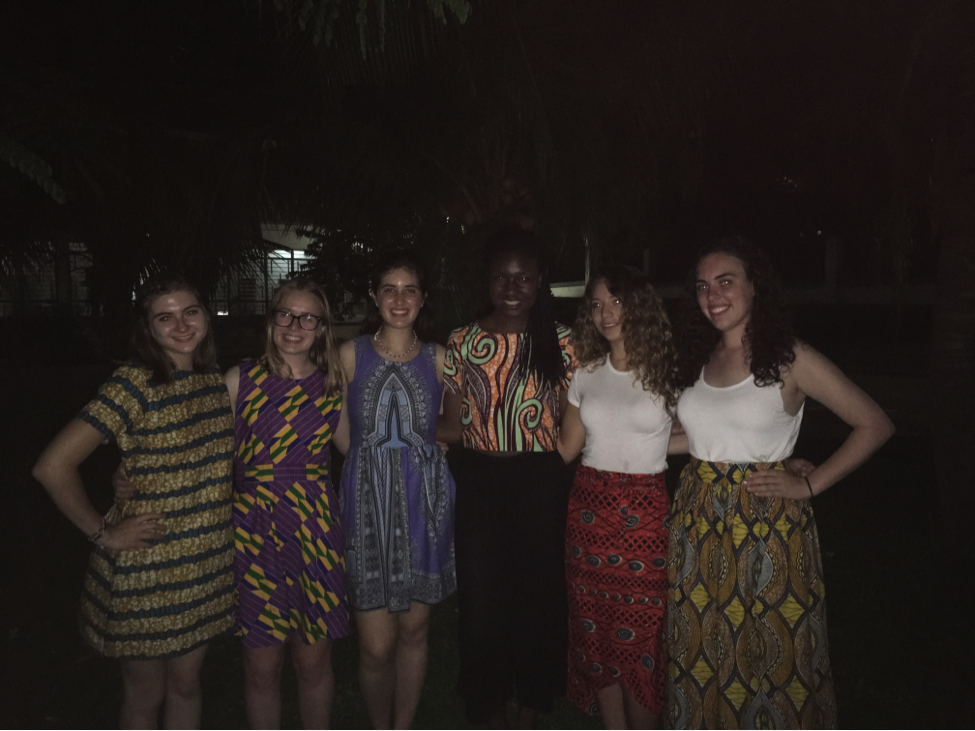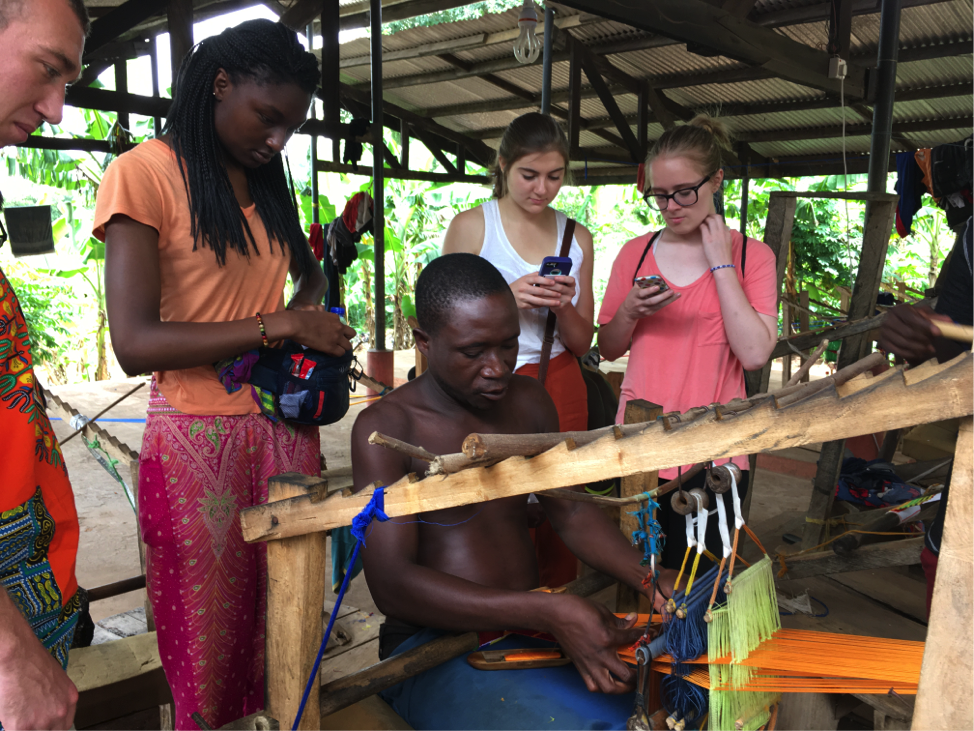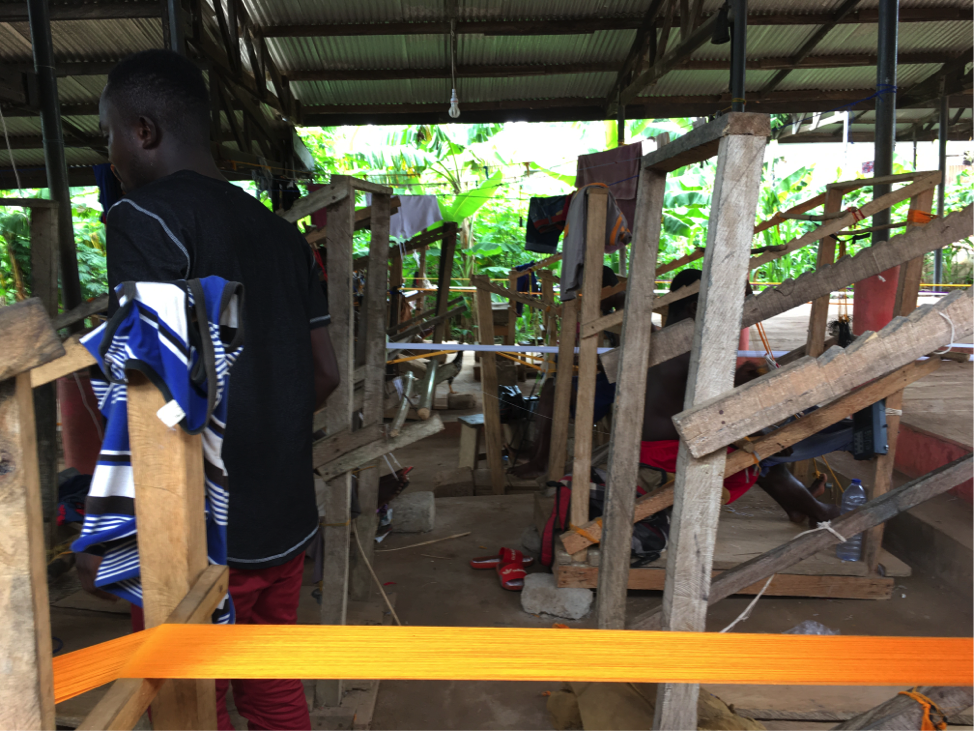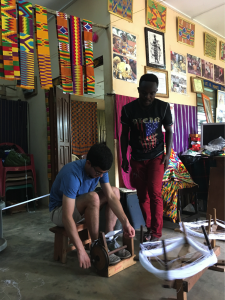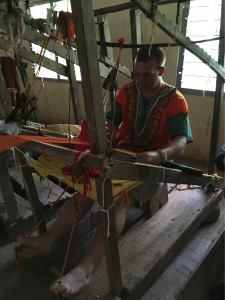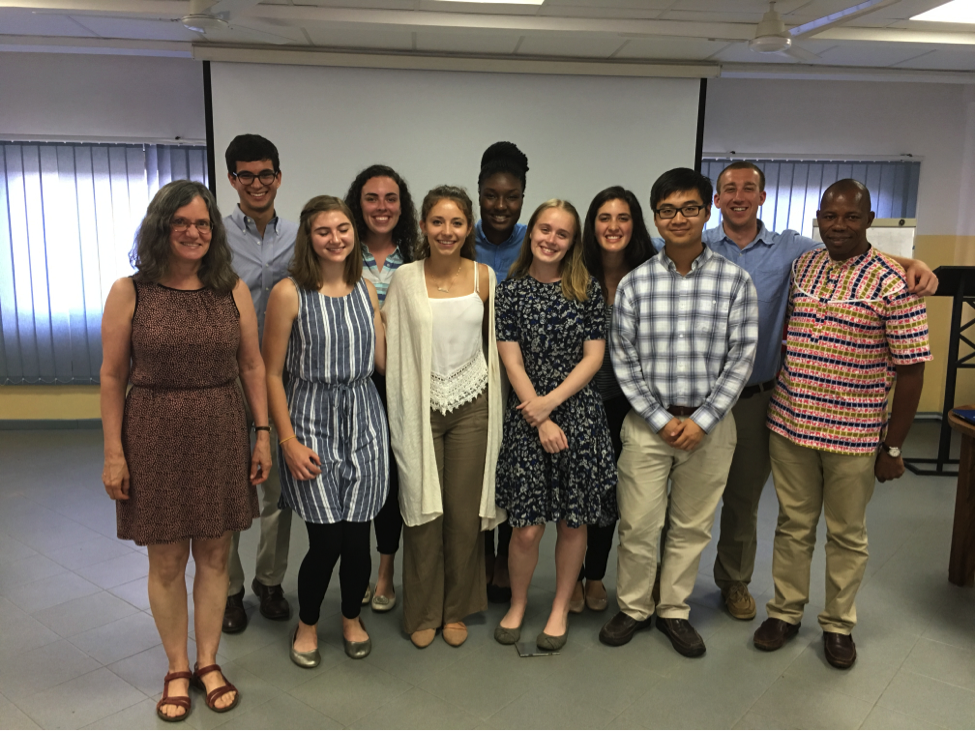Throughout the Spring 2017 semester, our professor, Dr. David Issadore, taught us (a class of eight undergraduates students and one graduate student) about microfluidics and point-of-care diagnostics. The next phase of the course was to come up with a new diagnostic for pediatric tuberculosis. At the end of the semester, our final assignments included submitting an NIH Research Project Grant (R01) proposal and giving a 20-minute presentation for our devices. These assignments greatly prepared us for our trip to Ghana, as we were able to ask questions and get feedback on our proposed devices by speaking to healthcare professionals at Ghanaian hospitals, clinics, and research facilities. The semester course was mainly focused on the technical design of our devices, which enabled us to hone in on the practical and real-world implementation of the devices while in Ghana. This week, the BE Blog will publish our summaries.
The LAMinator: Urine Diagnostic for Pediatric Tuberculosis
Danielle Tsougarakis ’20, Ethan Zhao ’19, Jason Grosz ’19, Kate Panzer ’18
Current devices that detect Mycobacterium tuberculosis include chest X-ray, smear microscopy, and GeneXpert. Although the combination of these techniques can lead to a proper diagnosis for adults, there are three main limitations of their use: (1) necessary infrastructure; (2) required sputum samples; and (3) time. First, many clinics in rural Ghana do not currently have the infrastructure or electricity sources to support these machines. Second, both smear microscopy and the GeneXpert rely on analyzing sputum samples (bacteria-containing phlegm), but children have difficulty providing sufficient samples. Finally, since sputum samples are best taken in the morning, these techniques often require patients to go home and return the next day to provide a sample.
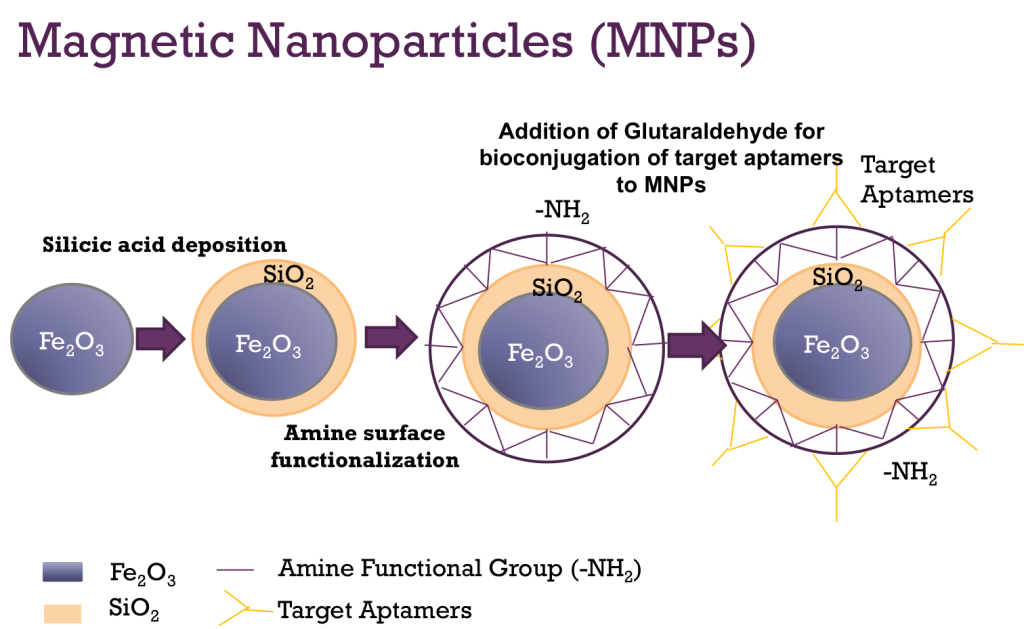
To address these limitations in our own design, we proposed a diagnostic device that does not require electricity, relies on a urine sample instead of a sputum sample, and is anticipated to take one hour to obtain a diagnosis. By incorporating these three characteristics, we propose a device that can be used to more easily diagnose children during their first initial visit at any healthcare facility in Ghana.

After doing a literature search of publications on pediatric tuberculosis, we learned that M. tuberculosis sheds a glycolipid called lipoarabinomannan (ManLAM) that is excreted in the urine. Therefore, ManLAM is the biomarker we hope to detect. Next, after learning that biology is inherently nonmagnetic, we figured that we could detect ManLAM specifically and sensitively if we could label it magnetically. Our proposed design does this labeling by adding magnetic nanoparticles (MNPs) to the ManLAM. This magnetic labeling involves aptamers, which are synthetic oligonucleotides that can be created to bind to a specific target. By combining the MNPs with aptamers that bind only to ManLAM, we can ultimately give the urine biomarker a magnetic property.
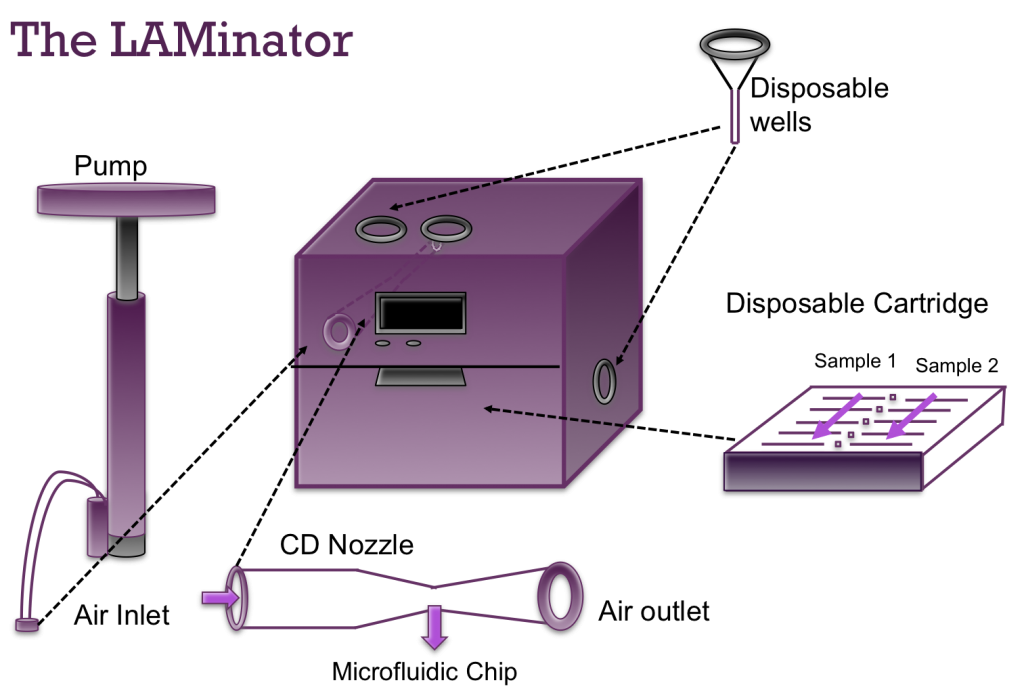
Therefore, the first step of our device is treating the urine sample with the custom aptamer-bound MNPs. The electronic components of our diagnostic device consist of specialized sensors, called spin-valve sensors, that can detect the presence of magnetic particles. Small fluid channels containing the urine sample traverse the surface of these sensors. If ManLAM is present in the urine as it passes by the spin-valve sensors, the surface-bound aptamers bind to the magnetically labeled ManLAM and capture them on the surface. The presence of these magnetic particles activates the spin-valve sensors and produces a change in voltage that can be detected by computer-like microprocessors. If ManLAM is not in the sample, then nothing will bind to the capture aptamers and no TB will be detected.
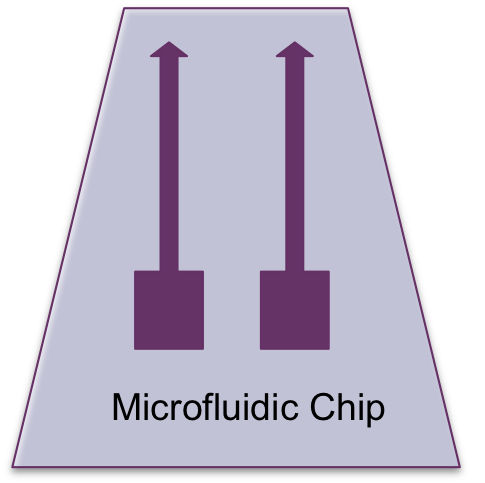
We would like to thank Penn Engineering and everyone who has helped to make this program possible. As you can see from our blog posts, our time in the classroom and the month in Ghana have been an unforgettable academic and cultural experience. The APOC program has been an amazing opportunity to get out of our comfort zones and to see the potential of engineering solutions in the world around us.

